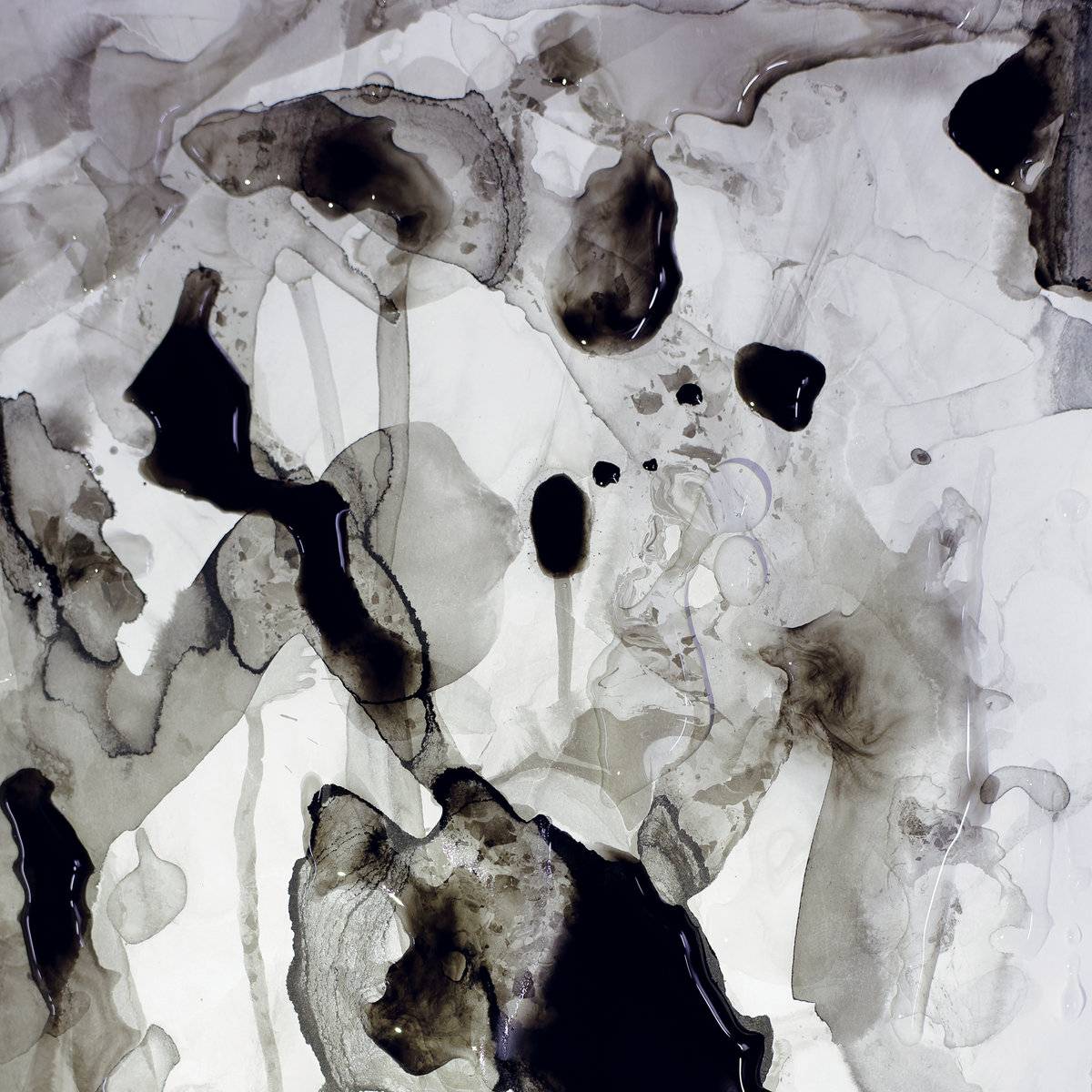Kankyō ongaku (environmental music), a Japan born-and-bred interpretation of the ambient genre, continues to win fans around the world. It has arrived over the years in re-releases; 2020 alone saw the reissuing of Yumioko Morioka's "Resonance" — the only album by the pianist/composer-turned-chocolatier — and Takashi Kokubo’s "Digital Soundology #1 Volk von Bauhaus." Even the fairly recent reissue of "Music for Commercials" (1987), a collection of ambient-adjacent audio logos and commercial music made by saxophonist Yasuaki Shimizu in the 1980s, showcases a penchant for audio goodness from these islands.
One of the latest artists to be reintroduced to listeners around the world is Yutaka Hirose. Swiss label WRWTFWW Records has netted 11 of his tracks and put them into a glistening butterfly case of an album, "Trace: Sound Design Works 1986-1989." The label calls it "a crucial addition to every Japanese environmental music fan’s collection," and it's not difficult to agree.
It is hard, however, to simply call this music "ambient" or "environmental music." Following the release of his 1986 album "Nova," Hirose was called upon by Satoshi Ashikawa to create soundscapes with his label Sound Process Design. This is the home of the “Wave Notation” series, which includes Hiroshi Yoshimura's stunning 1982 "Music for Nine Postcards," Ashikawa's own "Still Way" and Satsuki Shibano's "Erik Satie (France 1866-1925).”

















With your current subscription plan you can comment on stories. However, before writing your first comment, please create a display name in the Profile section of your subscriber account page.